Space
Sign up for our newsletter
We summarize the week's scientific breakthroughs every Thursday.
-
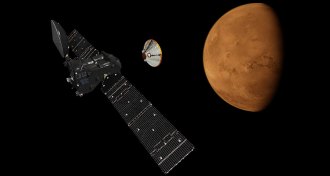 Planetary Science
Planetary ScienceExoMars mission set to arrive at Red Planet on October 19
The European ExoMars mission is about to arrive at the Red Planet, dropping a lander on the surface and putting a spacecraft into orbit.
-
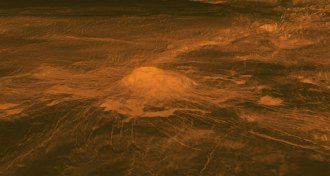 Planetary Science
Planetary ScienceLava may be flowing from Venus volcano
Lava flows might explain a hot spot seen in data from Venus Express spacecraft.
-
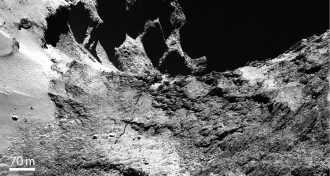 Planetary Science
Planetary ScienceComet 67P cracking under pressure
Cracks developing on comet 67P are signs of stress building in the neck of the comet that could lead to its two ends snapping apart.
-
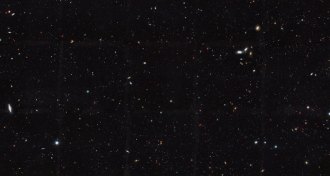 Astronomy
AstronomyCosmic census of galaxies updated to 2 trillion
A new census of the cosmos suggests that there might be 2 trillion galaxies in the observable universe, about 10 times as many as previous estimates.
-
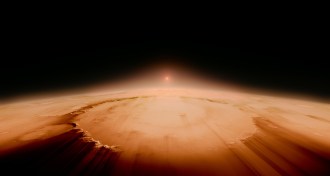 Cosmology
Cosmology‘Voyage of Time’ is Terrence Malick’s ode to life
With “Voyage of Time,” director Terrence Malick brings the history of the universe — and the evolution of life on Earth — to the big screen.
By Erin Wayman -
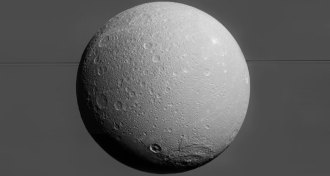 Planetary Science
Planetary ScienceSaturn’s moon Dione might harbor an underground ocean
Saturn’s moon Dione might have an underground ocean, like several other moons in the solar system.
-
 Planetary Science
Planetary ScienceSaturn’s moon Dione might harbor an underground ocean
Saturn’s moon Dione might have an underground ocean, like several other moons in the solar system.
-
 Science & Society
Science & SocietySometimes failure is the springboard to success
Editor in chief Eva Emerson discusses scientific discoveries that resulted from failures large and small.
By Eva Emerson -
 Physics
PhysicsA metallic odyssey, what’s causing sunspots and more reader feedback
Metallic hydrogen, sunspot formation, salty desalination leftovers and more in reader feedback.
-
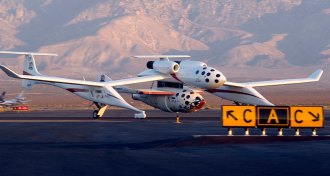 Tech
TechXPRIZE launched new kind of space race, book recounts
'How to Make a Spaceship' chronicles the XPRIZE challenge that helped ignite the private space industry.
By Meghan Rosen -
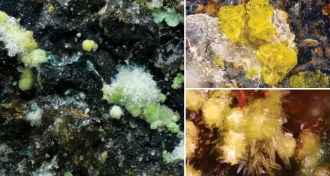 Planetary Science
Planetary ScienceRock hounds are on the hunt for new carbon minerals
The race is on to find about 140 predicted carbon-based minerals in locations around the world. Map included.
By Sid Perkins -
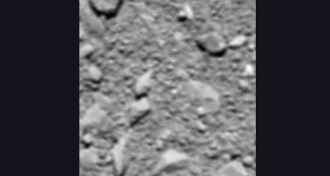 Planetary Science
Planetary ScienceRosetta spacecraft ends mission
The Rosetta mission comes to an end as spacecraft touches down on surface of comet 67P/ Churyumov–Gerasimenko.